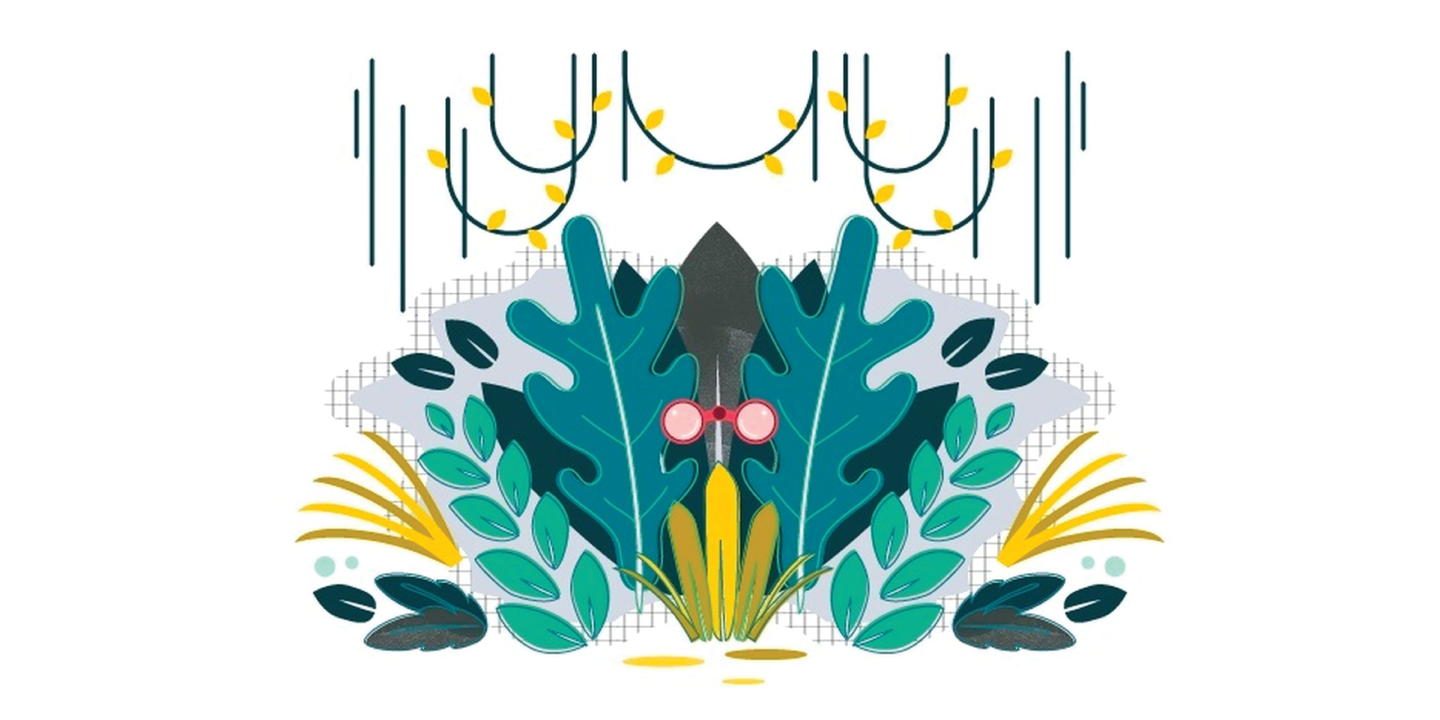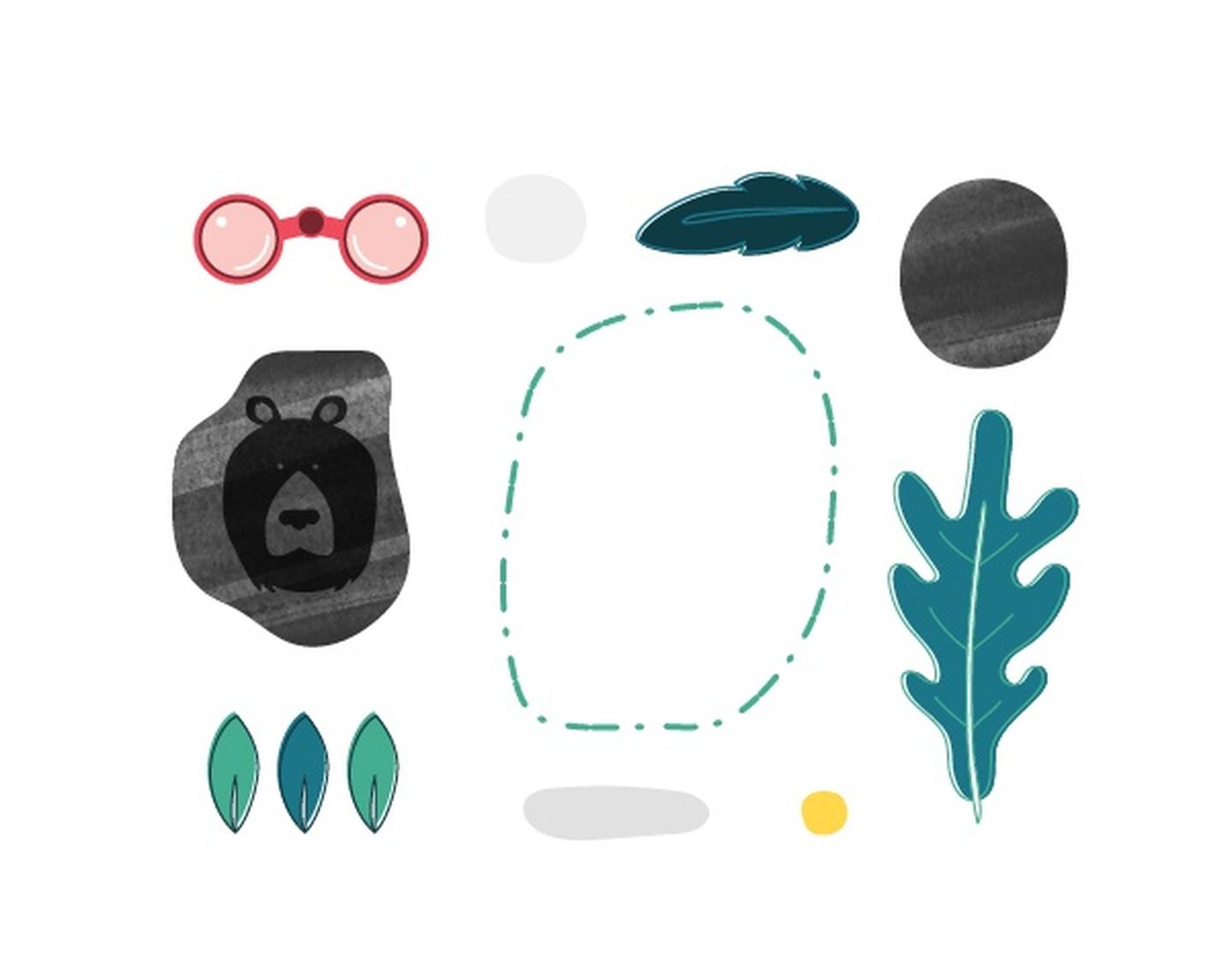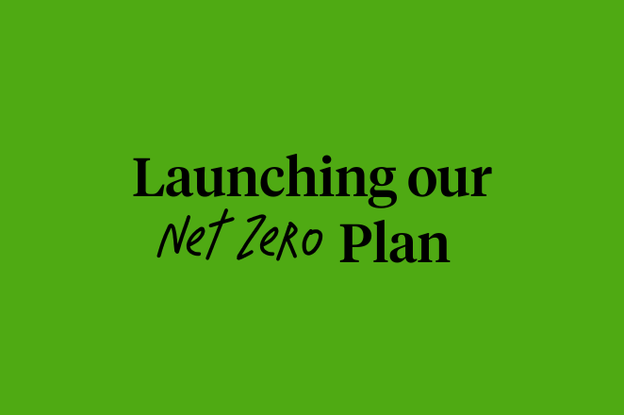How to uncover a missing company value

While company values are intended to last long-term, as your business grows, it’s essential to regularly check in to ensure your values still make sense for your company. In fast-growth environments, company values may need to be revisited once every few years to ensure they are still relevant. Going through a values-in-action workshop process is a good opportunity to revisit your values and how they work together.
It’s important to be open to the possibility of change and evolving your values at any stage. This is especially true if you realize they've become irrelevant or don’t capture the most important behaviors you want to cultivate. Consider updating or reviewing your current values as a form of cultural rebranding.
Here I outline the process Culture Amp went through to uncover our fourth value (following on from our values in action process), and you can use this approach to update or extend the values you have in your organization.
When current company values don't seem like enough
At Culture Amp, we had three well-established values, yet I couldn’t help but feel something was missing. During our Values in Action workshops, feedback from other Campers showed I wasn’t the only one feeling that way. Campers identified themes centered around supporting each other, our down-to-earth approach or lack of formal hierarchy, and thinking beyond ourselves.
However, we couldn’t categorize these under our existing values.

Our founders initially felt we didn’t need a fourth value. In particular, they wanted to avoid adding a company value just for the sake of it (which is sometimes the case with company values!). The workshops showed that it was truly necessary to add another value, so we started on our journey to refine it.
1. Deciding the approach: Top-down or bottom-up?
When it comes to adding or creating new company values, there are two broad ways to approach it:
Top-down or bottom-up. There are advantages and disadvantages to both.

Top-down approach
A top-down approach involves senior leadership, executives, or the founder group identifying the values. The core advantage is that you deal with less data and fewer opinions. It can be a speedier process, and you’re also highly likely to have buy-in and support from the leadership team from the get-go. Values selected in this way are more likely to be aligned with the future of the organization and have a holistic and long-term perspective.
The disadvantage is that employees may not feel as if the values resonate with them, and adoption throughout the organization can be slow (or ultimately unsuccessful).
Bottom-up approach
A bottom-up or grassroots approach involves values identified through a collaborative process involving all employees. The intention is to reach a consensus or majority opinion. The key advantage is that employees will likely support and champion any values selected as they feel they own them. This additional commitment can be beneficial as you embed your new value within your company.
However, it can be challenging and time-consuming to work through all the ideas gathered and reach a consensus. There may also be disagreement about whether or not what is finally selected is an accurate reflection of the majority.
The way we approached it at Culture Amp is to combine the best of both techniques through what we call Founder Curation.

Founder Curation: Culture Amp’s approach
Our approach involved initial contributions from everyone in the company who wanted to be involved in the process. Then, our four founders reviewed the final output and selected our fourth value.
We first used our survey platform to gather input from all Campers and explore what a fourth value might be. In our quarterly engagement survey, we included this free-text question:
What is one thing about how we get things done at Culture Amp (not already captured in our values) that you would fight to keep?
This ensured that everyone in the company had the opportunity to have their say ahead of any exploration workshops. It also allowed us to see if there was anything worth digging into before committing to the investment of the workshops.
2. Undergoing Values Exploration workshops
So, what came through? Common themes included creating an inclusive workplace, valuing equality and autonomy over hierarchy, going out of our way to help each other succeed, and cross-team collaboration and travel.
This initial information was enough to propel us to the next stage of running Values Exploration workshops. These workshops took place in every location and involved Campers discussing what they'd fight to keep in more depth.
The summaries of these workshops were then combined and shared with the founders. The founders took time to review the summaries, and as most had been involved in the workshops, they were familiar with the context.
When we reviewed our existing values alongside this new information, it was clear what was missing. Our original three values focused on individual empowerment, but we needed to show how much we value each other.
Tip: Be wary of "permission to play" values. I’ve seen these emerge through many values exploration sessions. Call out up front the difference between values that may represent just "good citizen behaviors" (i.e., teamwork, customer focus, integrity etc.) versus those that are core differentiators – the things that will make or break your culture and success as a company.
From this concept, and after several iterations on language, our fourth value emerged: Amplify others. This newly-identified value represents how much we care about helping each other and our People Geek community grow. It also supports our mission of helping to create culture-first companies. This holistic perspective emphasizes that values are not just "nice to have" but can be strategic business tools.
3. Caring for your new value over time
The next step is to communicate any relaunch or updates to your values. It’s important to remind employees of how the changes came about – regardless of which process you used – and to ask for feedback.

We decided to give “Amplify Others” a trial run for a few months to see if it felt right in action, and so Campers would have time to think give their feedback. Feedback helps you learn early if the value resonates or if you need to return to the drawing board.
We followed up with Campers in our next engagement survey, asking if people agreed that:
Amplify others captures what was missing from our original values
Around 70% of Campers agreed, so in our case, our new value was a welcomed success. For the most part, Campers felt that Amplify others captured behaviors important to us that were missing from our existing values.
We then ran Amplify Others values in action sessions to explore deeper and gather stories. We used these stories to help others understand what this value means, how it's relevant, and what is needed regarding mutuality.
After this process, we were set up to include our fourth value more formally in the steps we take to keep our values alive – which you'll hear more about next week!






